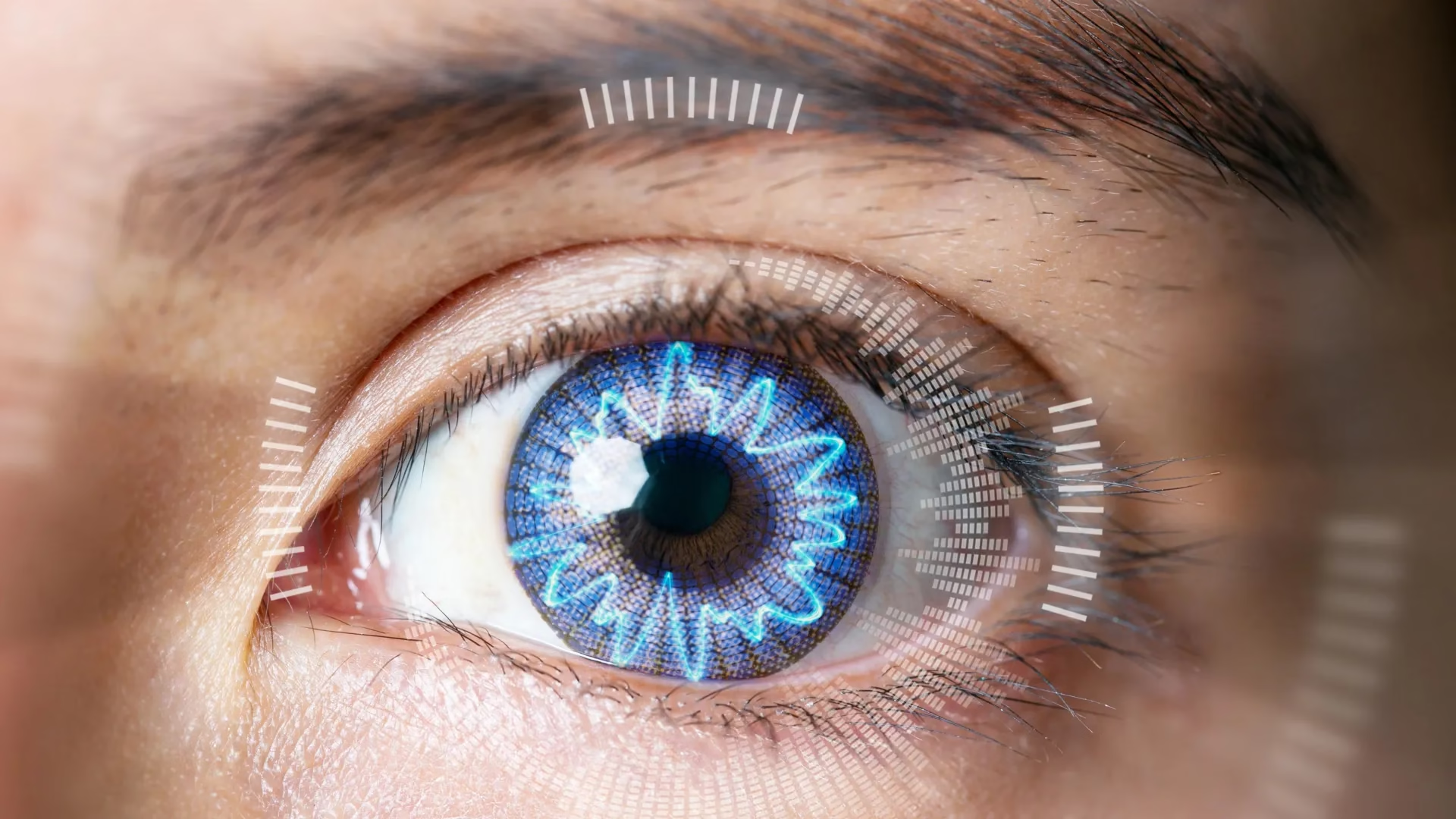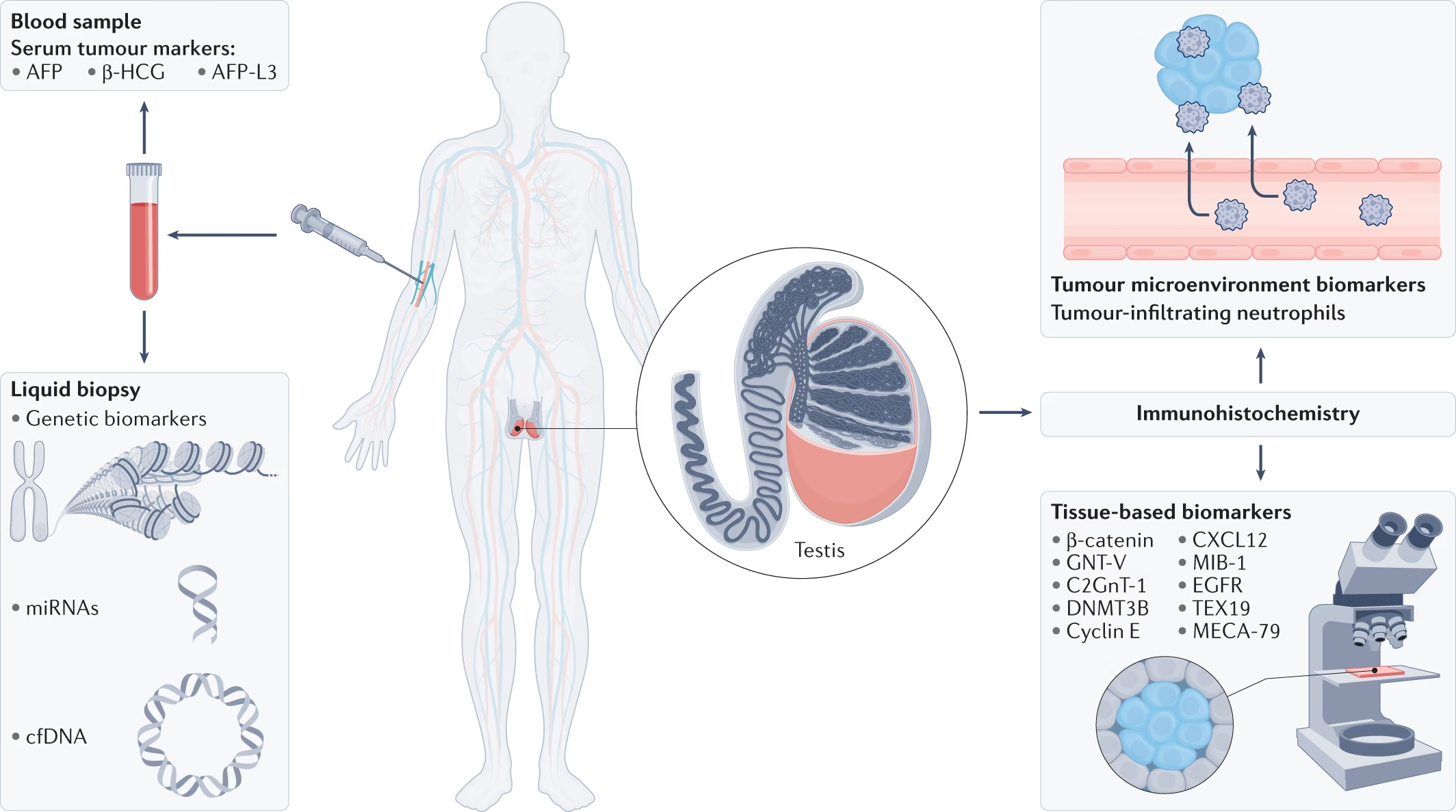A team of chemists and surgeons in California has unveiled a promising new technique that could one day replace LASIK with a safer, cheaper, and incision-free method to correct vision problems.
Researchers at Occidental College and the University of California, Irvine, discovered that the cornea — the clear, curved front layer of the eye — can be chemically softened and reshaped without lasers or cutting. The approach, called electromechanical reshaping (EMR), uses a mild electric current to temporarily lower the cornea’s pH, loosening its collagen fibers and making the tissue moldable.
In tests, a platinum lens with the ideal curvature was placed on rabbit corneas treated with the current. Once the tissue softened, it conformed to the lens. Restoring the normal pH “locked” the new shape in place.
If developed for humans, EMR could offer an alternative to LASIK, which permanently removes corneal tissue with a laser to sharpen vision. While LASIK is generally safe, it carries risks such as dry eyes, glare, and rare long-term complications, and not everyone is a candidate.
“This whole effect was discovered by accident,” said Dr. Brian Wong, a UC Irvine surgeon leading the research. “I was looking at living tissues as moldable materials and discovered this whole process of chemical modification.”
With more than 167 million Americans wearing glasses and 45 million using contacts, the team believes EMR could eventually provide a non-invasive, lower-cost solution to common vision issues such as nearsightedness, farsightedness, and astigmatism.



